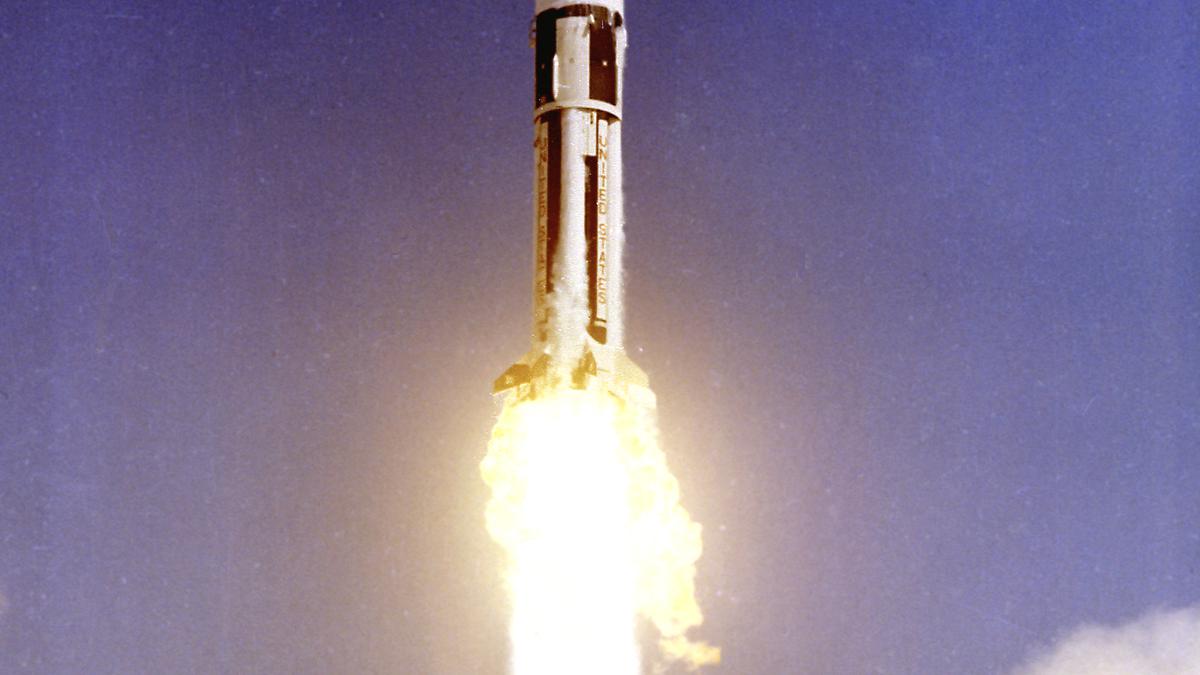
A test flight with a number of firsts
The Hindu
Part of the Apollo moon programme, the Apollo-Saturn (AS) 201 mission was a test flight that took place on February 26, 1966. It was not only the first uncrewed spaceflight test of a production Apollo Command and Service Module (CSM), but also the first launch of a Saturn IB rocket. A.S.Ganesh hands you more details about this mission…
The 1960s were a rather exciting time if you were part of NASA. After U.S. President John F. Kennedy stated his goal of landing humans on the moon and returning them safely home before the end of the decade of the 1960s, work at NASA progressed at breakneck speed given the enormity of the task ahead of them.
There were a lot of successes along the way, and setbacks too that proved to be equally important in terms of the overall learning. The Apollo-Saturn (AS) 201 mission in the mid 1960s was one such test flight that had a number of firsts, but also experienced malfunctions.
Coming at the height of Project Gemini, the AS-201 served as a crucial milestone in our march towards the moon. It used the “all-up” philosophy, according to which all components of a system were tested in a single first flight.
A suborbital test flight, its goals included demonstrating the Saturn IB’s capabilities, the operation of Apollo Service Module’s (SM) main engine, and determining the effectiveness of the Command Module’s (CM) heat shield. The Saturn IB rocket, which was built on the 10 successful launches of Saturn 1 rocket, was the most powerful rocket up to that time.
Construction of the AS-201 spacecraft began in 1963 at the North American Aviation (NAA) plant in California. Assembly for the mission began in 1965 with the Saturn IB first stage arriving at the Cape Kennedy Air Force Station (CKAFS), now the Cape Canaveral Space Force Station, on August 14.
The CM and SM of the spacecraft arrived within two days of each other in October. After successful mating of the two modules and extensive testing, they were trucked to the launch pad and stacked on top of the rocket by December. By January 1966, the final pieces were in place, and the rocket and spacecraft were declared ready for its mission after a flight readiness review and a countdown demonstration.
On February 26, 1966, the AS-201 mission lifted off after a number of launch delays. With flight director Glynn S. Lunney at the helm, a team of engineers kept an eye on all aspects of the mission.

Beyond Hyderabad is building a thriving community for arts, music, trekking and heritage enthusiasts
Beyond Hyderabad (BH) offers diverse experiences through curated events celebrating art, music, food, and heritage in Hyderabad.












